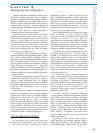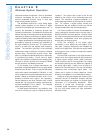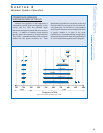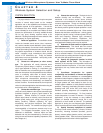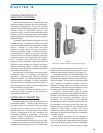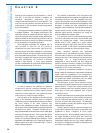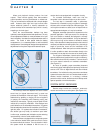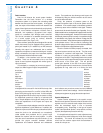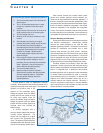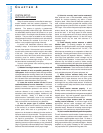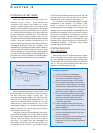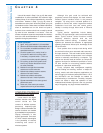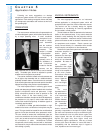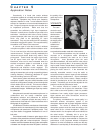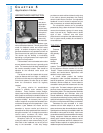
The threshold type squelch adjustment procedure is:
1) Turn the transmitter power off to eliminate the
desired signal.
2) Turn on all associated equipment in nearby
locations to create the "worst-case" signal
condition.
3) Set the receiver volume control to minimum to
avoid excessive noise in the sound system.
4) Turn the receiver power on.
5) Observe the RF and audio indicators on the
receiver.
6) If the indicators are showing a no-signal
condition the squelch setting may be left as-is.
7) If the indicators are showing a steady or
intermittent signal-received condition increase
the squelch control setting until a no-signal
condition is indicated. Set the squelch
control slightly past this point to provide a
threshold margin.
8) If the no-signal condition cannot be achieved
even with high squelch settings, it may be
possible to find and eliminate the undesirable
signal. Otherwise, it may be necessary to
select a different operating frequency.
9) Turn the transmitter power on.
10) Make sure that the receiver indicates a
signal-received condition with the transmitter
at normal operating distance. Remember
that high squelch settings reduce the
operating distance.
If noise squelch is used, no adjustment is normally
necessary. Noise squelch mutes the receiver based on the
signal-to-noise quality of the audio signal. The receiver will
generally not produce noise in the
absence of the transmitter signal.
Setting the squelch above the default
position will force the receiver to mute
for mildly noisy signals, which will
reduce the effective range somewhat.
Setting the squelch below the default
position will allow a noisier signal to be
received, which may increase the
effective range.
A receiver equipped with a
tone-key squelch system also does not
normally require adjustment. The
receiver will only respond to a signal
that contains the appropriate pilot
"tone." The squelch may be varied from
its default position with the same results
as for the noise squelch system above.
Other receiver controls may include monitor (head-
phone) level, indicator selectors, channel selectors, etc.
These may be set as desired for a particular application. If
there is a compander (noise reduction) defeat switch, make
sure that it is set to the same mode as the transmitter. Again,
there is no reason to defeat the compander in the receiver
unless the transmitter is not equipped with compander
circuitry. If the receiver is tuneable, make sure that it is set to
the same frequency as the transmitter. Some receivers are
now capable of automatically scanning for a clear channel.
Receiver Mounting and Placement
Proper placement of receivers involves both mechanical
and electrical considerations. Mechanically, wireless
receivers are usually designed to be used like other
standard rackmount products. The electrical concerns are
possible RF interference and possible hum or other
electrical noise induced in the audio circuits. Receivers
should be kept away from RF noise sources such as digital
processors, computers and video equipment. They should
also be separated from large AC sources such as power
supplies for high current or high voltage equipment as well
as lighting dimmers, fluorescent light ballasts and motors.
If wireless receivers are mounted in racks with other
equipment it is best to place them with low-power analog
devices nearby and potentially troublesome devices farther
away or in a separate rack. In particular, if other wireless
transmitting devices such as personal monitor transmitters
or wireless intercom transmitters are used, it is strongly
recommended that they be mounted in a different rack.
Antennas from these transmitters should also be at a
sufficient distance from receiver antennas. Obviously, if
receivers are placed in metal racks or mounted between
other metal devices it will be necessary to make sure that
antenna function is not compromised.
41
Selection
and Operation
of Wireless Microphone Systems
C HAPTER 4
Figure 4-6: proper and improper antenna and receiver placement
✓OK



